
 10
10




 9
9




Every day on this side of the grass is a good day. The first on the other side will be even better.
 10
10




My farm and garden: https://trello.com/b/GqBLwdNh
My tacky designs on merch: https://www.redbubble.com/people/oldmobie/shop?asc=u&ref=account-nav-dropdown
 7
7




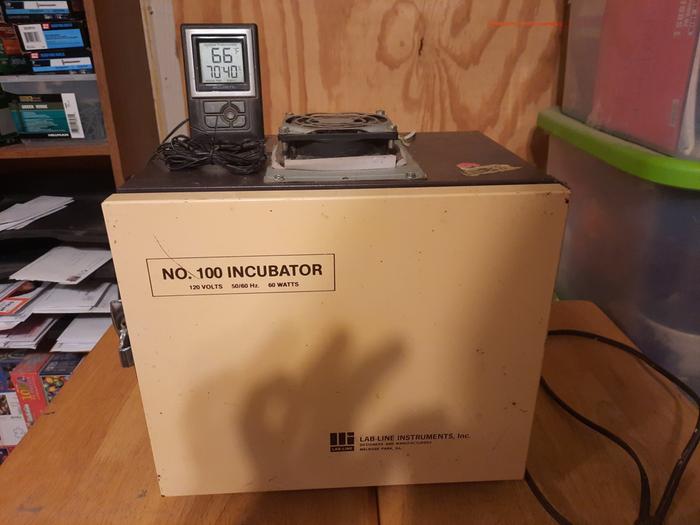
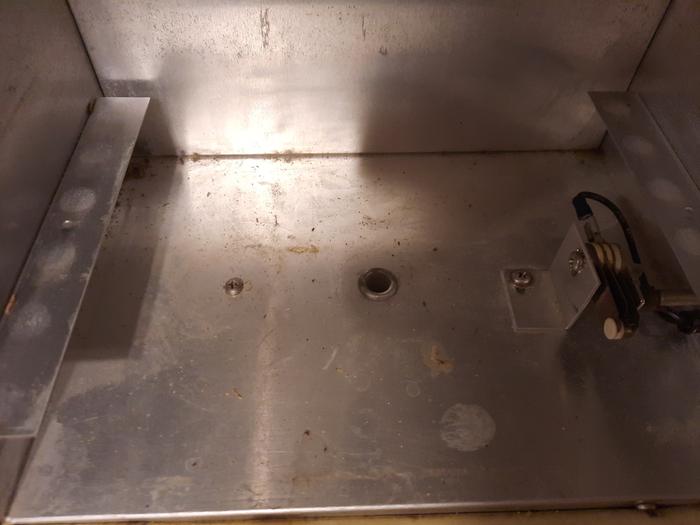
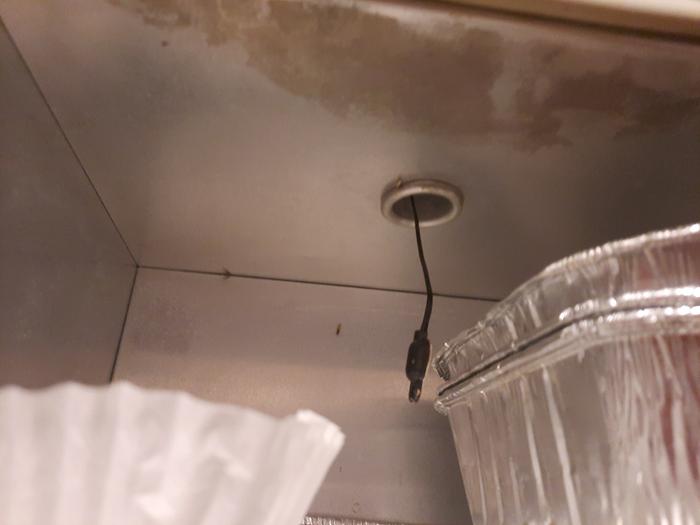
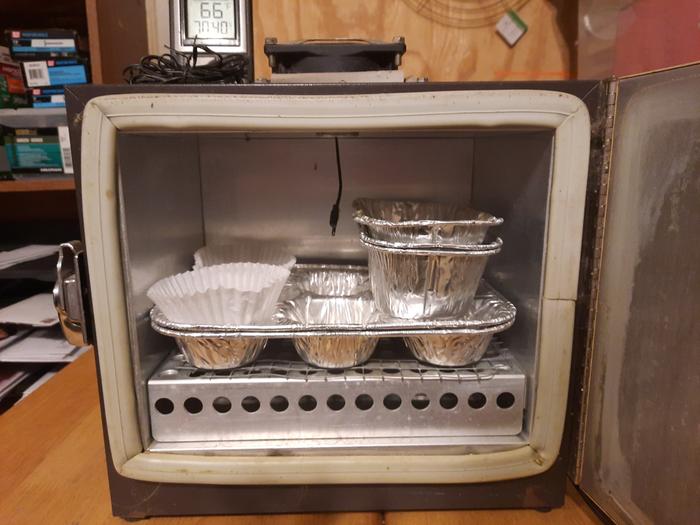
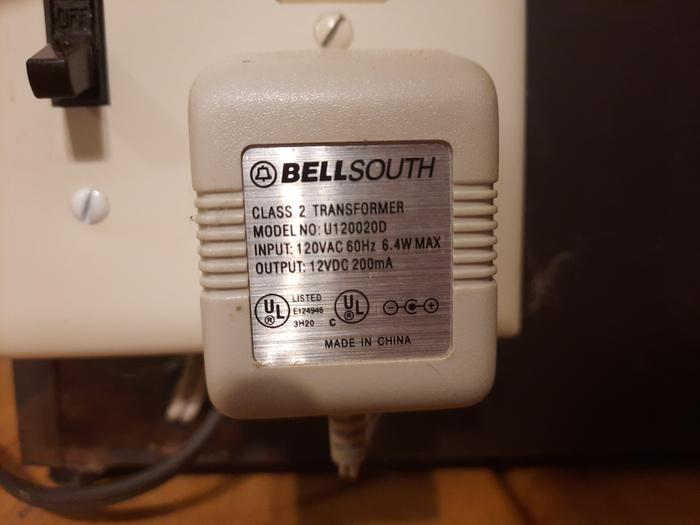
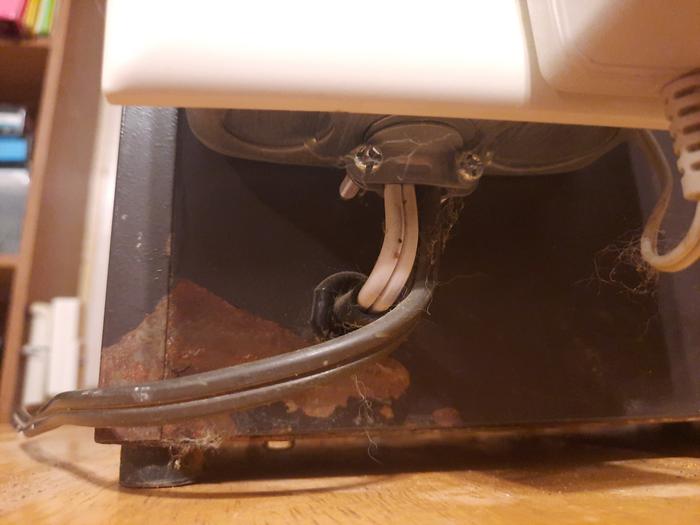
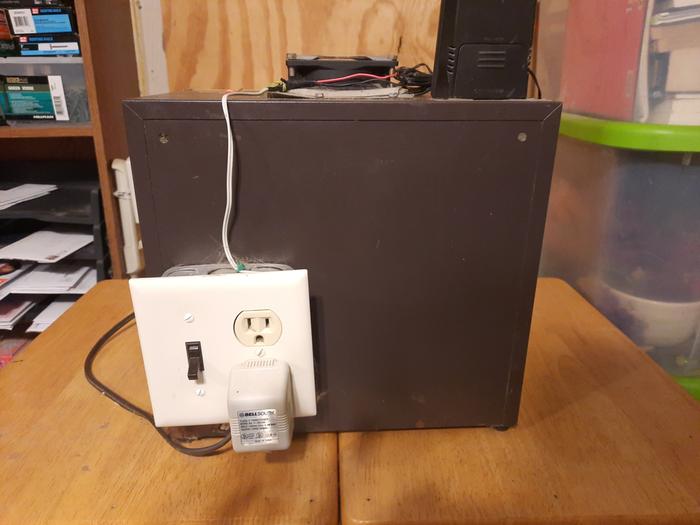
My farm and garden: https://trello.com/b/GqBLwdNh
My tacky designs on merch: https://www.redbubble.com/people/oldmobie/shop?asc=u&ref=account-nav-dropdown
 2
2












Alder Burns wrote:1. your vehicle parked in the sun...
2. an unused greenhouse in the summer...
or 3. the attic space of any house...
My farm and garden: https://trello.com/b/GqBLwdNh
My tacky designs on merch: https://www.redbubble.com/people/oldmobie/shop?asc=u&ref=account-nav-dropdown

| I agree. Here's the link: http://stoves2.com |




